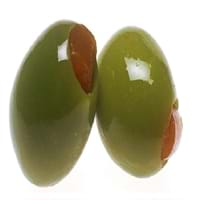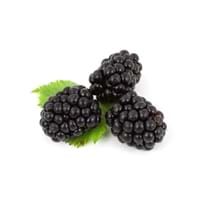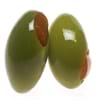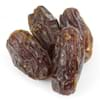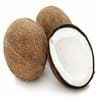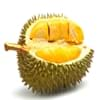Health Benefits
Cancer prevention, Helps in cartilage regeneration, Prevents macular degeneration, Treatment of alzheimer's disease
Cancer prevention, Heart care, Increases metabolic rate, Reduces stress, Treatment of dysentary, Treatment of skin Diseases
General Benefits
Anti oxidant properties, Anti-inflammatory properties, Boosts immune system, Controls blood pressure, Digestive aid, Maintains healthy cholesterol level
Digestive aid, Maintains healthy cholesterol level, Strengthens bones
Skin Benefits
Hydrates skin, Skin rejuvenation, Treatment of skin diseases
Hydrates skin, Skin rejuvenation, Skin revitalization
Hair Benefits
Acts as moisturizer, Good conditioner, Regulates hair growth
Promotes longer and healthier hair
Allergy Symptoms
NA
Facial muscle tension, Pressure in sinus, Respiratory congestion, Runny nose, Sneezing, Tingling sensation in wrist and face
Side Effects
Affects blood glucose levels, Dizziness, Stomach pain
Nausea, Vomiting, Might cause change of urine color
Best Time to Eat
Hardly eaten raw, Olive oil is consumed for many purposes.
Best if taken as a breakfast (or empty stomach), As a snack in the late afternoon, Don't consume at night and before bed, Eat the fresh ones, avoid mixing with any other foods, don't eat after meal., Morning time (before lunch)
Vitamin B5 (Pantothenic Acid)
Vitamin C (Ascorbic Acid)
Vitamin K (Phyllochinone)
Calories in Fresh Fruit with Peel
Calories in Fresh Fruit without Peel
Not Available
Not Available
Calories in Frozen Form
Not Available
Calories in Pie
Not Available
Season
Spring, Summer
Spring, Summer
Varieties
Manzanillo, Sevillano, Mission, Ascolano, Barouni, Gordal, Rubra and Picholine
Prime Ark, Prime Jim, Illini Hardy, Kiowa, Shawnee, Apache, Arapaho, Chester, Hull, Natchez, Navaho and Triple Crown and Von
Color
Black, Green, Purple, Yellow
Purplish black
Inside Color
Brown
Magenta
Taste
Bitter
Juicy, Sweet
Origin
Eastern Mediterranean Region
Asia, Europe, North America, South America
Soil Type
Well-drained
Well-drained
Climatic Conditions
Warm to hot climate
Dry, Warm to hot climate
Facts about
- In ancient Greece, 1st eye shadow was made by adding olive oil in ground charcoal.
- The most expensive form of olive oil is Extra Virgin.
- Largest type of olive tree is known as donkey tree & smallest one is called bullet.
- There are around 2000 varieties of blackberries throughout the world.
- 80-85 degrees is the ideal temperature for its production.
- Leaves of blackberry tree are used to treat sore throats and mild inflammation of the gums.
Top Producer
Spain
United States of America
Other Countries
Algeria, Egypt, Greece, Italy, Morocco, Portugal, Syria, Tunisia, Turkey
China, New Zealand, Serbia, South Africa
Top Importer
United States of America
United States of America
Top Exporter
Italy
Mexico
Botanical Name
Olea europaea
Rubus Fruticosus
Synonym
Not Available
Rubus Millspaughii or Rubus Laciniatus
Subkingdom
Tracheobionta
Tracheobionta
Division
Magnoliophyta
Magnoliophyta
Class
Magnoliopsida
Magnoliopsida
Species
O. europaea
Rubus fruticosus
Difference Between Olive and Blackberry
We might think that Olive and Blackberry are similar with respect to nutritional value and health benefits. But the nutrient content of both fruits is different. Olive and Blackberry Facts such as their taste, shape, color, and size are also distinct. The difference between Olive and Blackberry is explained here.
The amount of calories in 100 gm of fresh Olive and Blackberry with peel is 115.00 kcal and 43.00 kcal and the amount of calories without peel is Not Available and Not Available respectively. Thus, Olive and Blackberry belong to and category.These fruits might or might not differ with respect to their scientific classification. The order of Olive and Blackberry is Lamiales and Rosales respectively. Olive belongs to Oleaceae family and Blackberry belongs to Rosaceae family. Olive belongs to Olea genus of O. europaea species and Blackberry belongs to Rubus genus of Rubus fruticosus species. Beings plants, both fruits belong to Plantae Kingdom.
